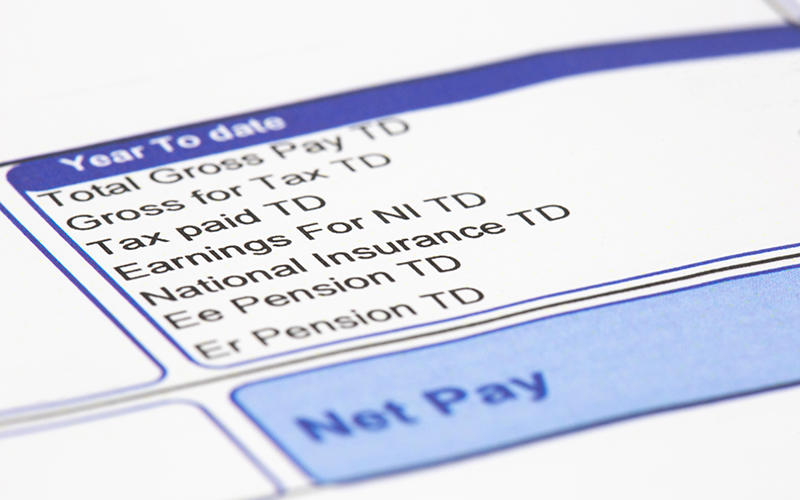Councils have joined trade unions in backing the government’s proposed reforms to the Local Government Pension Scheme, clearing the path for the changes to be introduced in April 2014.

Image | rigsbyphoto / shutterstock
Last week it was announced that unions Unite and Unison had joined the GMB in approving the plans, which were first agreed in May after almost a year of negotiations. The proportion voting yes in the three unions was 84%, 90% and 95% respectively.
Other unions with members in the LGPS have also accepted the proposals, including Napo, the union for probation officers and children and family court workers; the Union of Construction, Allied Trades and Technicians; the Association of Educational Psychologists; and Prospect.
The votes give ‘a clear mandate’ to accept the proposals, the LGA stated. The government will now undertake a formal statutory consultation to put the changes into law under the Public Service Pensions Bill. This will include details being finalised under workstream 2 of the LGPS 2014 project, covering future scheme governance and cost management.
LGA chair Sir Merrick Cockell said: ‘Our approach throughout this process has been to reform the pension scheme so it is fair to our staff, affordable for council taxpayers and has a viable long-term future.’
He added: ‘The overwhelming level of support for these proposals is very encouraging, and demonstrates the commitment among employers in local government to a manageable scheme that gives staff a decent pension when they retire.’
Union leaders also welcomed the backing for the plans.
Heather Wakefield, Unison’s national secretary for the local government, police and justice section, said: ‘These were tough negotiations, but with a focus on the majority of members who earn less than £21,000 a year, we have ensured that current LGPS members can afford to remain in the scheme and those who could not afford to do so to date can now join via a low-cost option.
‘This is vital for many of our members who have suffered a decline in earnings as a result of the coalition's pay freeze policies.’
Brian Strutton, the GMB national secretary for public services, said the union’s members had ‘spoken loud and clear’.
He added: ‘There was great anger and frustration at the government’s original proposals for the LGPS which frankly would have seriously jeopardised the £150bn worth of funds. That led to the strike last November, which was followed by the government agreeing to the renegotiating of the offer.
‘Having reached this unique agreement, the next stage is to develop better scheme governance to ensure value for money, performance improvement and cost stability going forward.’
Peter Allenson, Unite’s national officer for local government, added: ‘Our members took strike action and as a result they got a better deal. However, the strike action was followed by constructive negotiations which we are pleased ended in an agreement which was acceptable to our members.’
The LGPS changes are part of the government’s attemptsto cut the costs of public sector pensions.
Among the reforms is the move from a defined benefit based on final salary to one tied to career average earnings. The accrual rate will be 1/49th, changed from the current rate of 1/60th, and members’ pension age will be linked to the state pension age.
But the funded LGPS, which has total assets worth £145bn, means council workers will avoid the average contributions increase of 3.2% of salary faced by teachers, health service workers and civil servants.
Council employees currently contribute an average of 6.5% of pay to the scheme, with higher earners paying proportionately more, up to 7.5%.
This average will remain unchanged, but a new schedule of contributions means the lowest paid could contribute less, while the highest paid would pay more, before tax relief.




















